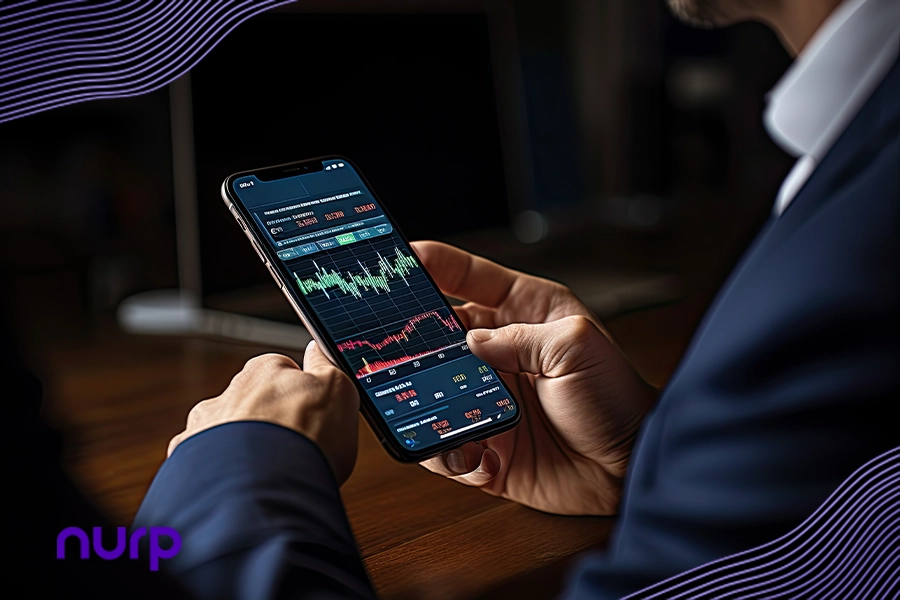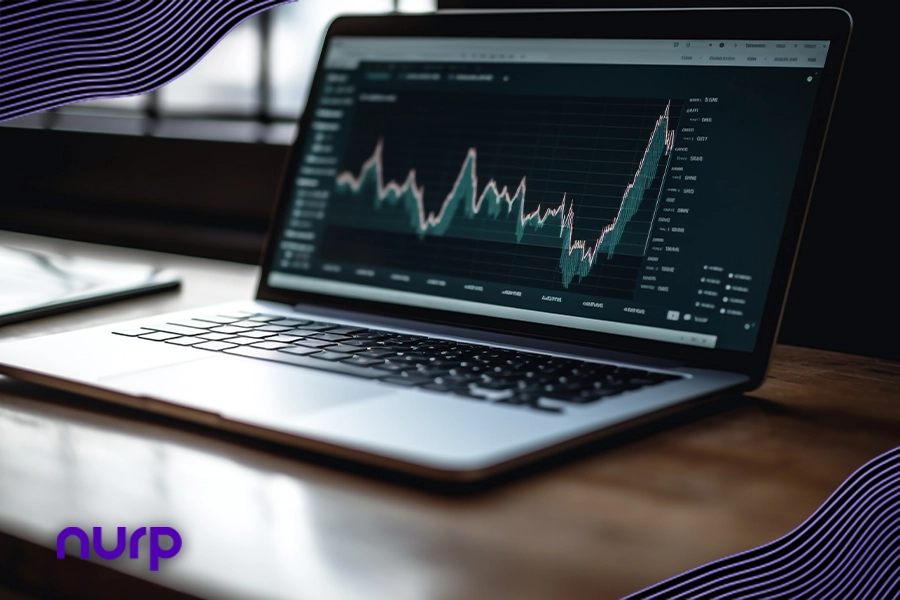Key Takeaways
Virtual trading builds traders’ confidence by providing a risk-free environment to practice strategies and learn from mistakes.
Transitioning to live trading requires a solid plan, risk management strategies, and continuous education.
Success in live trading hinges on discipline, patience, and sticking to proven strategies, ensuring long-term profitability.
When beginners first step into the world of virtual trading, they get a sense of security. With no real money on the line, they can experiment with various strategies, learn from mistakes, and gain valuable experience without fear of financial loss. Making the transition from virtual trading to live trading can be daunting, it is a crucial step in the journey to becoming a successful trader.
Read More: Virtual Trading: A Safe Playground for Learning Forex Without Risk
The Virtual Trading Advantage
Virtual trading acts as a training ground, providing a platform for traders to hone their skills and build confidence in their abilities. By gaining experience and testing strategies in a simulated environment, traders build the confidence needed to make informed decisions in live trading situations. In virtual trading, every loss is an opportunity to analyze what went wrong and adjust strategies accordingly. This experience can help traders avoid repeating the same mistakes when they start trading with real money.
Making the Transition to Live Trading
While virtual trading provides a solid foundation, there are still differences between virtual and live trading environments. To successfully make the transition, novice traders must approach live trading with caution and preparation:
Developing a Trading Plan: Before diving into live trading, it’s essential to have a well-defined trading plan. This plan should outline specific goals, risk tolerance, and entry and exit strategies. With a clear plan, traders can approach live trading with confidence and discipline.
Starting Small and Scaling Up: When transitioning to live trading, it’s wise to start with a small amount of capital and gradually scale up as confidence and experience grow. This approach allows traders to gain real-world experience without risking large sums of money upfront.
Utilizing Risk Management Strategies: Risk management is crucial in live trading. Traders should use stop-loss orders to limit potential losses and protect their capital. Additionally, diversifying investments and avoiding over-leveraging can help mitigate risks and ensure long-term success.
Seeking Continuous Education: Learning is a lifelong journey in trading. Even experienced traders can benefit from ongoing education and staying up-to-date with market trends and developments. Whether through books, courses, or mentorship programs, continuous learning is key to staying ahead in the trading game.
Staying Disciplined and Patient: Success in live trading requires discipline and patience. Traders must stick to their strategies and avoid impulsive decisions based on emotions or market fluctuations. By maintaining discipline and staying patient, traders can weather the ups and downs of the market and increase their chances of success.
Conclusion: The Bridge to Success
To successfully transition from virtual trading, novice traders must approach live trading with caution and preparation. They should start by setting realistic expectations and understanding that losses are inevitable in trading. A solid trading plan, risk management strategies, and disciplined trading practices can help mitigate risks and maximize opportunities in live trading. Always remember that trading is inherently risky and one should never trade with money they cannot afford to lose.
The post Bridging the Gap: From Virtual Trading to Live Trading Success first appeared on Nurp.com.








